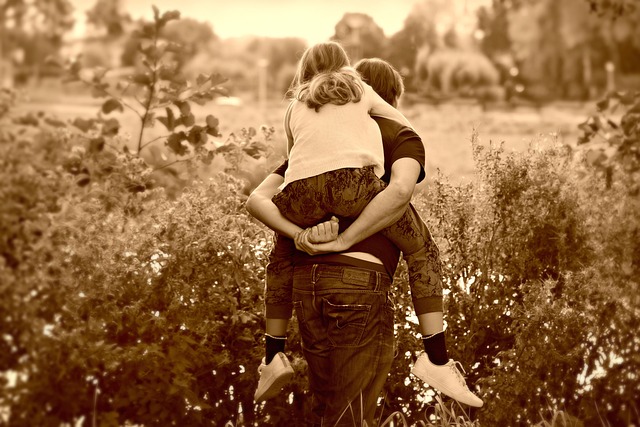What is Childhood Anxiety?

Feeling anxious is a normal part of life, even for children. It's the brain's natural alarm system. However, for some children, this alarm system becomes overly sensitive, triggering intense fear or worry that interferes with school, friendships, and family life. This is when normal worry crosses the line into an anxiety disorder. These disorders can show up in various ways, affecting a child's behavior, thoughts, and physical health. According to CDC data (2016-2019), approximately 9.4% of U.S. children aged 3-17 years have received an anxiety diagnosis. Understanding anxiety is the first step toward helping your child.
Recognizing the Signs: How Anxiety Looks in Children
Anxiety doesn't always look like worry. It can manifest differently in children than adults. Be aware of potential signs like:
- Excessive worry about the future, past events, school performance, or fitting in.
- Trouble falling asleep, staying asleep, or frequent nightmares.
- Increased irritability, restlessness, or difficulty sitting still.
- Frequent physical complaints like stomachaches or headaches, especially before stressful situations like school or tests.
- Avoiding social gatherings, school, or specific activities.
- Difficulty concentrating or seeming easily distracted.
- Increased clinginess or intense fear of being separated from caregivers (Separation Anxiety).
- Sudden episodes of intense fear (panic attacks) with physical symptoms like rapid heartbeat, sweating, shaking, or shortness of breath.
Common Types of Childhood Anxiety Disorders

Anxiety can take several forms in children. Some common diagnoses include:
- Generalized Anxiety Disorder (GAD): Persistent, excessive worry about many different things (school, health, family, future events).
- Separation Anxiety Disorder: Intense distress when separated (or anticipating separation) from parents or caregivers.
- Social Anxiety Disorder: Strong fear of social situations, performance, or being judged negatively by others.
- Specific Phobias: An intense, irrational fear of a specific object or situation (e.g., dogs, needles, storms).
- Panic Disorder: Recurring, unexpected panic attacks and persistent worry about having more.
- Obsessive-Compulsive Disorder (OCD): While often discussed with anxiety (and frequently co-occurring), OCD involves unwanted, intrusive thoughts (obsessions) and repetitive behaviors (compulsions) aimed at reducing distress. It's technically classified separately.
Practical Strategies to Help Your Child Manage Anxiety
Parents play a crucial role in helping children build coping skills. Here are effective strategies:
- Establish Predictable Routines: Consistent schedules for meals, homework, and bedtime create a sense of safety and reduce uncertainty.
- Teach Calming Techniques: Simple techniques can empower kids. Try 'belly breathing': inhale slowly through the nose (feel the belly rise), exhale slowly through the mouth. Practice when calm.
- Face Fears Gradually: Don't force confrontations, but gently encourage small steps towards facing feared situations. Celebrate effort, not just success. (e.g., If afraid of dogs, look at pictures, then watch from afar, then perhaps meet a calm, leashed dog briefly).
- Prioritize Healthy Habits: Ensure sufficient sleep, balanced nutrition, and regular physical activity – these are foundational for mental resilience.
- Set Screen Time Boundaries: Excessive or stimulating screen use, especially before bed, can worsen anxiety and disrupt sleep.
- Validate Their Feelings: Let your child know their feelings are real and okay, even if the fear seems illogical. Instead of "Don't worry," try "I see you're feeling really scared about the test. Let's talk about it."
- Model Calm Coping: Show your child how you handle your own stress or worries calmly and constructively. They learn by watching you.
- Encourage Problem-Solving: Help your child break down worries into smaller parts and brainstorm potential solutions, fostering a sense of agency.
When Professional Support is Needed
While parental support is vital, sometimes professional help is necessary. Consider seeking help if anxiety significantly disrupts daily functioning (school attendance/performance, friendships, family life), causes extreme distress, or persists despite your efforts. Start by talking to your pediatrician. They can provide referrals to mental health professionals like child psychologists, therapists, or psychiatrists who specialize in evidence-based treatments like Cognitive Behavioral Therapy (CBT). Medication might be considered in some cases, typically alongside therapy.
Helpful Resources
For more information and support, explore these reputable organizations:
